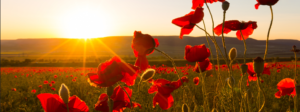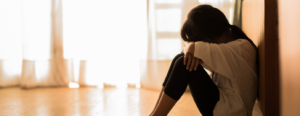
“I Humbly Beg Forgiveness”: Reflections on Pope Francis’ Visit to Canada

The papal visit continues as I write, yet there is already so much to think about. I was moved as I watched Pope Francis arrive in Edmonton on Sunday. Despite his knee pain and limited mobility, I saw expressions of welcome and joy in his face as he greeted Indigenous people at the airport. I tried to imagine what was going through their minds, what was in their hearts: Amazement that they were in this moment after so many years of waiting? Confusion at the many feelings that were arising? Pain as they recalled lost years, lost children, lost dreams? Was this a new path forward?
Since May 2021, when many non-Indigenous Canadians heard for the first time about unmarked graves of children at residential school sites, something has shifted. Although it is hard to put all the pieces together, we are starting to see that we have unwittingly played a role in the colonial attitudes and intergenerational trauma that Indigenous peoples in this land have been dealing with for more than a century.
We didn’t know. We didn’t learn about it in school. We didn’t come across Indigenous writers, filmmakers and others who were telling the stories. Our ears and hearts were not open. And now they are.
Pope Francis, in his apology in Edmonton on July 25, thanked the members of the Indigenous delegation who visited him in Rome a few months ago for sharing their stories – “the heavy burdens … these bitter memories” – with him. And he told them, “I am deeply sorry.” This is a starting point, he added. Concrete action must follow.
I believe that is our cue. We can all take action in some way. We can write to our elected representatives to join our voices to those of Indigenous people to advocate for clean water, for equal funding for education, for the honouring of treaties. We can learn more through finding out about the land we live on and who lived on it before Europeans arrived, by reading Indigenous authors, by watching films by Indigenous creators, by partnering with Indigenous organizations. And, always, we can pray for reconciliation and healing.
On Sunday afternoon, my parish held a prayer service for reconciliation as Canada prepared for the Pope’s visit. It was a hot and humid day – not that comfortable in the church. As we prayed, a torrential downpour began. The sound nearly drowned out the person speaking at the microphone. I imagined the rain as the tears of the children at residential schools who had suffered, of the families who missed them dearly, of the children who didn’t come home, of the adult survivors and their descendants who carry great pain. A few minutes later, the rain stopped. The church was quiet as we prayed in silence. And then, a fresh breeze blew through the window near me. I imagined the Holy Spirit bringing peace, healing, forgiveness, hope.
May this moment be a new beginning that invites all of us to truly walk together.
Anne Louise Mahoney, Managing Editor, Novalis. Editor of Looking to the Laity: Reflections on Where the Church Can Go from Here and the author of I Hope, a book for young children.



Great article,